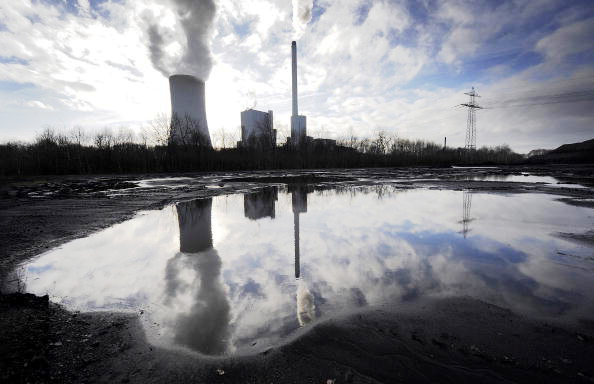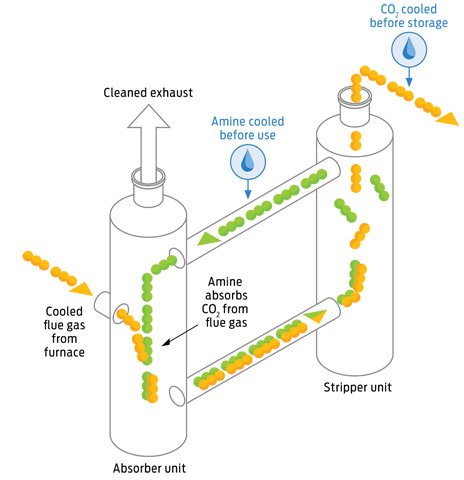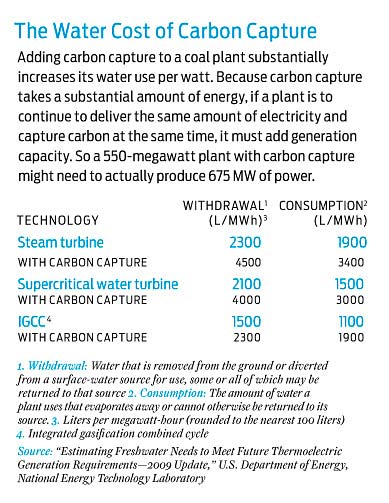Dan Harding recently wrote a post about the BP Republicans in Congress. Those are the no-brainers like Joe Barton who apologized to the now infamous oil (spilling) company because President Obama took some semblance of leadership on the issue by forcing BP to set aside billions for the relief effort.

The actual list of BP Republicans was put together by the Democratic National Committee and Dan took a lot of guff for harboring “one-sided,” “partisan” and [insert other buzzword] politics.
Now while Dan regrets no part of the word-lashing he gave these frankly out-of-touch and steeped-in-oil-money Republicans (Joe Barton is the leading beneficiary of oil money in the 111th House of Representatives), those who admonished Dan are not wrong, either.

Obviously, the DNC is not an impartial source of information, and while Barton and the BP Republicans are, in Dan’s opinion, fools, at least they had the wherewithal to openly stand up for their benefactors. Many Democrats in Congress will loudly scold BP for its negligence and incompetence but quietly take their money at the same time, defending them in any way they can in the legislative process (i.e. yell NAY, vote YEA).
Democrat Chet Edwards (TX) is the second-leading beneficiary of oil money in the 111th House of Representatives.
 So Dan thought hard about writing up a “Who are the BP Democrats?” piece in fairness, and knowing even without looking at any data that perhaps the only non-partisan deals in Washington were political contributions, especially from the energy industry. However, when Dan did look at the data, he noticed BP contributions were small potatoes in the grand scheme of oil and gas donations; BP is not even in the top 75 percent of total contributions by company in either house.
So Dan thought hard about writing up a “Who are the BP Democrats?” piece in fairness, and knowing even without looking at any data that perhaps the only non-partisan deals in Washington were political contributions, especially from the energy industry. However, when Dan did look at the data, he noticed BP contributions were small potatoes in the grand scheme of oil and gas donations; BP is not even in the top 75 percent of total contributions by company in either house.
Nevertheless, oil money flows freely and abundantly throughout Congress, and like tributaries, the majority of senators and representatives feed into a system that carefully and quietly protects dirty energy interests.
The proof-laden pudding containing all this information regarding oil money is a web tool developed by Oil Change International. There you can follow every dime of oil money straight to its Congressperson.
For instance, Senator John Kerry (D-MA) has accepted nearly $34,000 of oil money since 1999, although very little since 2002, and Sen. Joe Lieberman (I-CT), Kerry’s co-author of recent climate change legislation, has received nearly $100,000 since 1999.
You can also check contributions during political campaigns. Barack Obama received $898, 251 from oil companies during his winning 2008 campaign, most of that coming from ExxonMobil ($113,646). BP gave President Obama $39,405.
Obama’s rival, Senator John McCain (R-AZ), blew everybody out of the water in oil contributions. He pulled in more than $2.4 million from oil and gas companies, spread out over a wide range of sources. McCain did receive a comparatively small $18,850 from BP.
Bear in mind that every major party candidate, including the likes of Hillary Clinton, Mitt Romney, Rudolph Giuliani, and Bill Richardson, took money from oil companies during their 2008 campaign. And in an election system where the candidate with the most money tends to win, who’s going to turn it down? Not to excuse politicians that prize oil companies over constituents, but the problem may be more systemic than it is individual.
Not to excuse politicians that prize oil companies over constituents, but the problem may be more systemic than it is individual.
The oil and gas industry has in the realm of 600 registered lobbyists pestering Capitol Hill, and three out of every four of them once worked for the federal government. That, in political jargon, is what you call a revolving door (by far the most used door in D.C.).
How does an out-of-work shrimper in Louisiana stand up against that?
Whether Republican or Democrat, the money can be followed — as required by law — and it’s important that we follow it. This way, we can know why on one hand John Kerry wants to put a cap on carbon emissions but on the other votes no on ending tax subsidies for the oil and gas industry.
Here are the top 10 recipients of oil and gas contributions in each house during the current 111th Congress:
Top Ten House Members (contributions 2009-2010)
- Joe Linus Barton (R-TX) – $85,770
- Chet Edwards (D-TX) – $73,430
- Michael Conaway (R-TX) – $72,800
- Eric Cantor (R-VA) – $69,400
- David Daniel Boren (D-OK) – $65,100
- Randy Neugebauer (R-TX) – $64,750
- Peter G. Olson (R-TX) – $54,400
- Michael Avery Ross (D-AR) – $54,250
- Charles Boustany Jr. (R-LA) – $49,450
- John Calvin Fleming Jr. (R-LA) – $44,800
Top Ten Senate Members (contributions 2009-2010)
- Blanche Lambert Lincoln (D-AR) – $216,700
- David Vitter (R-LA) – 170,200
- Lisa Murkowski (R-AK) – $146,550
- Robert F. Bennett (R-UT) – $117,650
- John Cornyn (R-TX) – $87,575
- Thomas Coburn (R-OK) – $76,500
- Arlen Specter (D-PA) – $74,000
- Byron Dorgon (D-ND) – $70,950
- Evan Bayh (D-IN) – $62,150
- James Demint (R-SC) – $58,850
Look to Oil Change International to learn more about oil contributions for these as well as your own representatives in Congress. Follow the money and then follow their actions. Connections between the two are hard to miss.
Also check out OpenSecrets.org for more comprehensive information on campaign contributions to senators and representatives
Escape the Energy Insanity
Contact Us to take control of your energy future and opt out of big oil and the special-interest legislators.












